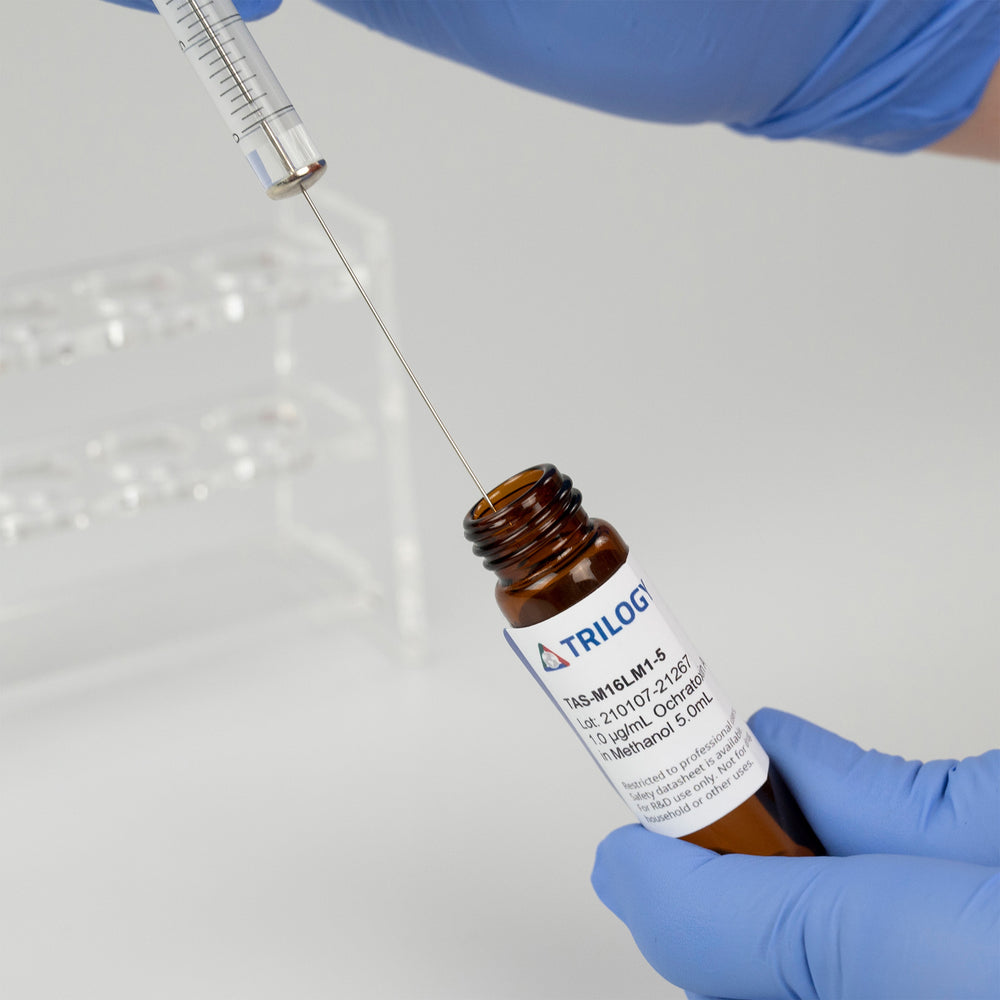Celebrating National Wine Day: An Examination of Biogenic Amines in Wine
Jenny Rodgers
May 25, 2023

National Wine Day is celebrated each year on May 25.
Is there ever a better time to talk about biogenic amines than National Wine Day? We didn’t think so either!
Biogenic amines are a group of naturally occurring chemical compounds that are derived from amino acids. Each of the amines has specific functions and roles in the body, particularly in the nervous system and other various physiological processes like hormonal regulation and/or respiration.
| Commonly Known Biogenic Amines | |
|---|---|
| Serotonin (5-hydroxytryptamine) | Octopamine |
| Dopamine | Melatonin |
| Norepinephrine (noradrenaline) | Agmatine |
| Epinephrine (adrenaline) | Carnitine |
| Histamine | Putrescine |
| Gamma-aminobutyric acid (GABA) | Cadaverine |
| Acetylcholine | Spermine |
| Phenylethylamine | Spermidine |
| Tyramine | Anandamide |
| Tryptamine |
Biogenic amines commonly found in wine include histamine, tyramine, putrescine, and cadaverine. Histamine, in particular, has been associated with allergic reactions in susceptible individuals who are considered histamine intolerant (HIT). (1) These biogenic amine compounds are produced by microbial activity during fermentation and can have implications for both the sensory qualities of the wine and potential health effects for those HIT individuals. The presence and concentration of biogenic amines in wine can vary depending on several factors, such as the grape variety, fermentation conditions, microbial activity, and aging processes. Certain wine-making practices, such as malolactic fermentation and extended lees contact, can contribute to the production of biogenic amines.
It’s important to note that while biogenic amines can be present in wine, the levels are generally low and every person’s tolerance to histamine varies. As awareness and understanding of biogenic amines and their effects continue to grow, there is an increased focus on laboratory analysis and setting appropriate thresholds for biogenic amine contamination in various food and beverage products, including wine.
Due to the complex nature of the wine matrices, laboratory analysis of biogenic amines is recommended in an analytical laboratory setting. Trilogy Analytical Laboratory uses published Journal of Agricultural and Food Chemistry Vol 50 2002 method for HPLC (high-performance liquid chromatography) for separation, identification and quantification of individual amines present in all different types of complex matrices. Additionally, proper sample preparation techniques are crucial to extract and isolate the biogenic amines effectively. The extraction solution and method should be optimized for maximum efficiency of analyte extraction. The choice of extraction solution depends on the properties of the analyte and the sample matrix, in this case wine. Some commonly used extraction solutions for biogenic amine analysis include acidic solutions such as hydrochloric acid or acetic acid or organic solvents such as methanol or acetonitrile. These solutions help to break down the matrix and extract these family of compounds efficiently.

Factors to consider when optimizing the extraction method include:
- pH: Adjusting the pH of the extraction solution can enhance the extraction efficiency to ensure its solubility and stability.
- Extraction time and temperature: The duration and temperature of the extraction process can affect the extraction efficiency. Longer extraction times and higher temperatures can improve efficiency. However, it’s essential to balance these factors to avoid degradation or other unwanted reactions
- Solid-phase extraction (SPE): Solid-phase extraction techniques can also be utilized to selectively extract the biogenic amines from the sample. SPE columns containing specific sorbents can help eliminate interfering compounds.
- Optimization of solvent proportions: In cases where organic solvents are used, optimizing the ratio of the extraction solvent to the sample can enhance the extraction efficiency. This includes considering factors such as solvent strength, polarity, and compatibility with the analytical method.
So, let's raise a glass to promoting insightful and educational discussions about flavors, the bouquet, biogenic amines, and all the fascinating aspects that make wine such a beloved beverage.
Cheers to National Wine Day!
About Trilogy
Trilogy is a food and feed safety laboratory specializing in mycotoxins, mycotoxin binder analysis, biogenic amines and animal drug residue testing. Trilogy Analytical Laboratory opened its doors in 1999 when its founders recognized a need in the mycotoxin industry for quick result turn-around utilizing reliable reference methods provided in an analytical setting. One of the main pillars of Trilogy’s strategy is to operate using a comprehensive quality program that we can rely on to ensure performance parameters are met every single time. From this philosophy the Trilogy line of quality products was born with the mycotoxin industry in mind.
Related Services
Media Contact: Lynette Hischier, l.hischier@trilogylab.com






